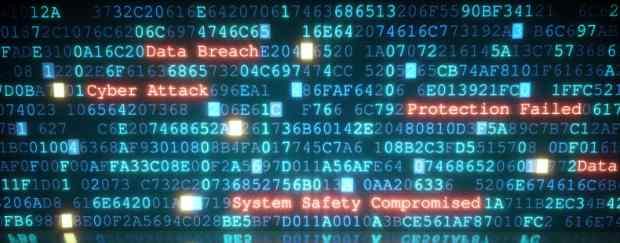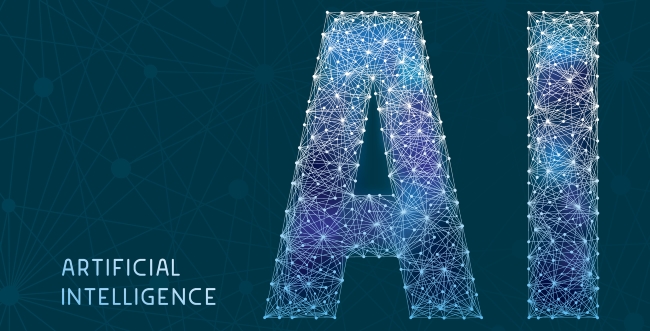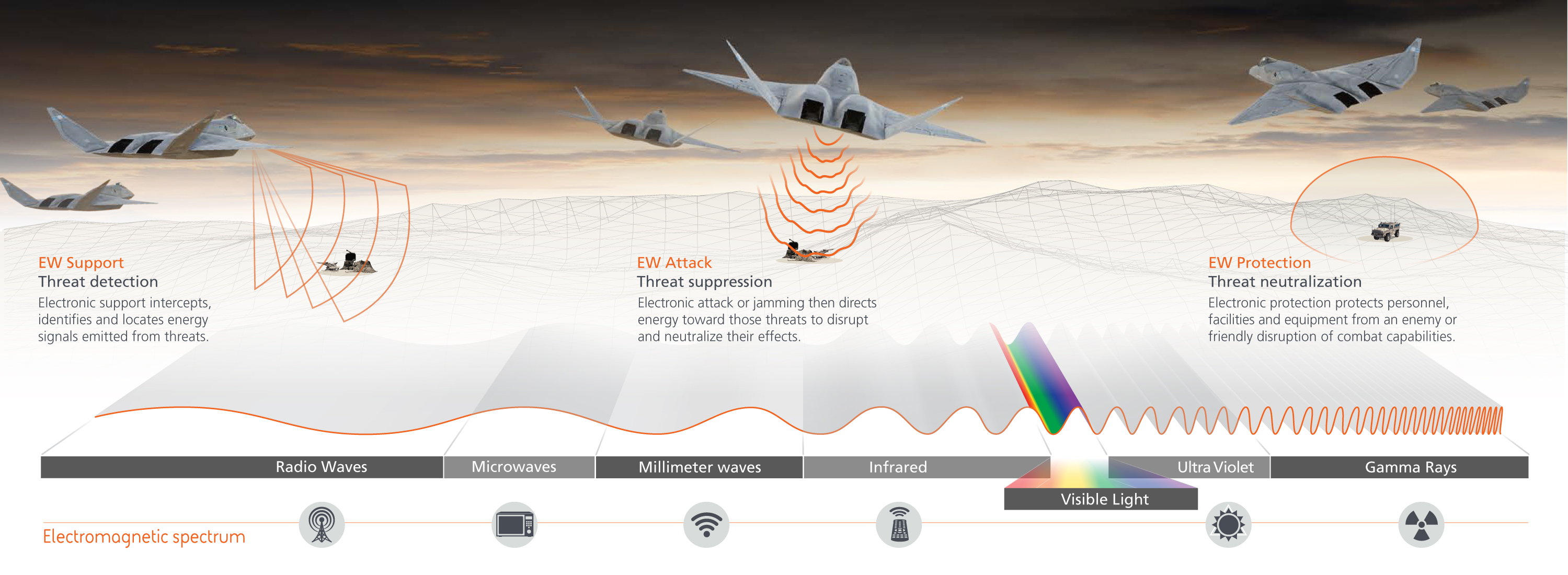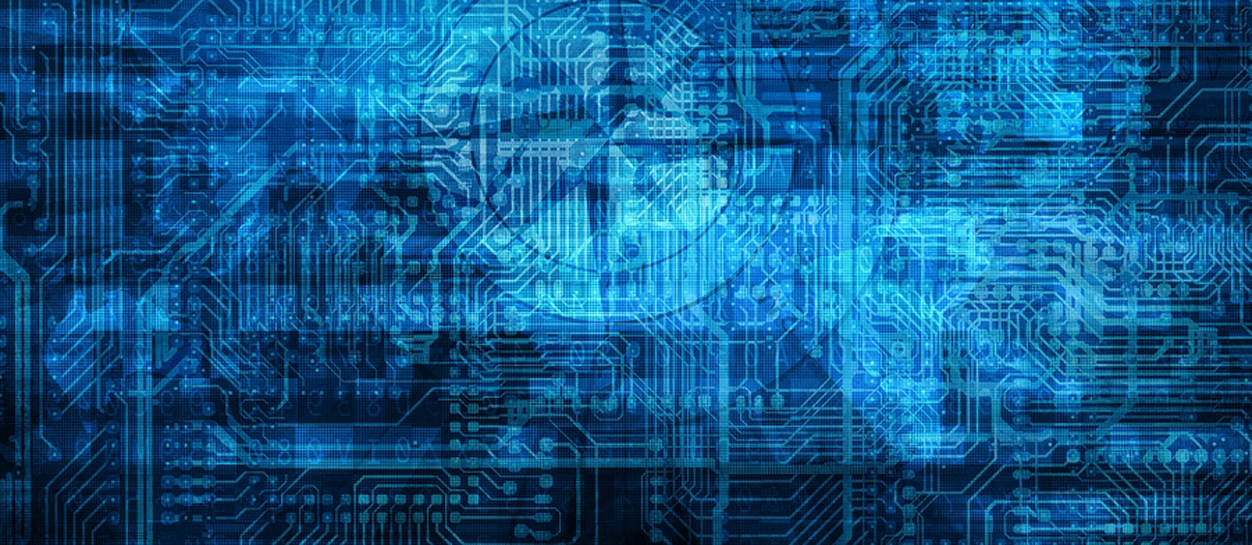In the cyber debate, there is a significant, if not totally over-shadowing, focus on the information systems themselves – the concerns don’t migrate to secondary and tertiary effects. For example, the problem with vulnerable industrial control systems in the management of water-reservoir dams is not limited to the digital conduit and systems. It is the fact that a massive release of water can create a flood that affects hundreds of thousands of citizens. It is important to look at the actual effects of a systematic or pinpoint-accurate cyberattack – and go beyond the limits of the actual information system.
As an example, a cascading effect of failing dams in a larger watershed would have a significant environmental impact. Hydroelectric dams and reservoirs are controlled using different forms of computer networks, either cable or wireless, and the control networks are connected to the Internet. A breach in the cyber defenses for the electric utility company leads all the way down to the logic controllers that instruct the electric machinery to open the floodgates. Many hydroelectric dams and reservoirs are designed as a chain of dams in a major watershed to create an even flow of water that is utilized to generate energy. A cyberattack on several upstream dams would release water that increases pressure on downstream dams. With rapidly diminishing storage capacity, downstream dams risk being breached by the oncoming water. Eventually, it can turn to a cascading effect through the river system which could result in a catastrophic flood event.
The traditional cyber security way to frame the problem is the loss of function and disruption in electricity generation, but that overlooks the potential environmental effect of an inland tsunami. This is especially troublesome in areas where the population and the industries are dense along a river; examples would include Pennsylvania, West Virginia and other areas with cities built around historic mills.
We have seen that events that are close to citizens’ near-environment affect them highly, which makes sense. If they perceive a threat to their immediate environment, it creates rapid public shifts of belief; erodes trust in government; generates extreme pressure under an intense, short time frame for government to act to stabilize the situation; and public vocal outcry.
One such example is the Three Mile Island accident, which created significant public turbulence and fear – an incident that still has a profound impact on how we view nuclear power. The Three Mile Island incident changed U.S. nuclear policy in a completely different direction and halted all new construction of nuclear plants even until today, forty years later.
For a covert state actor that seeks to cripple our society, embarrass the political leadership, change policy and project to the world that we cannot defend ourselves, environmental damages are inviting. An attack on the environment feels, for the general public, closer and scarier than a dozen servers malfunctioning in a server park. We are all dependent on clean drinking water and non-toxic air. Cyber attacks on these fundamentals for life could create panic and desperation in the public – even if the reacting citizens were not directly affected.
It is crucial for cyber resilience to look beyond the information systems. The societal effect is embedded in the secondary and tertiary effects that need to be addressed, understood and, to the limit of what we can do, mitigated. Cyber resilience goes beyond the digital realm.
Jan Kallberg, PhD







